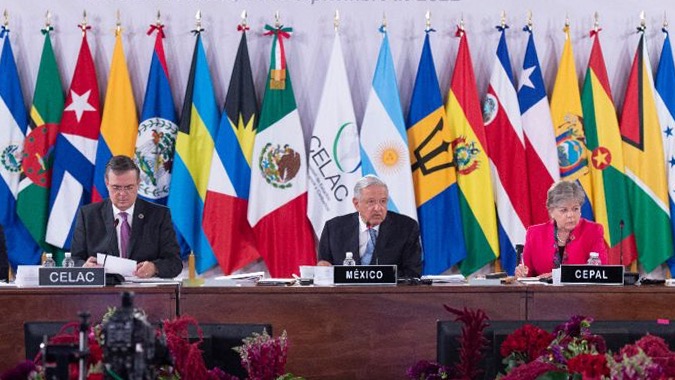Navigating the Graying Landscape: Elderly Care Strategies for North and South America
The demographic shift towards an aging population in North and South America presents both a significant challenge and a compelling opportunity for social welfare systems. As lifespans lengthen and birth rates decline, the number of seniors requiring care is rapidly increasing, demanding innovative and comprehensive solutions. Addressing this necessitates a multifaceted approach encompassing community support, technological advancements, and policy reform.
Prioritizing Aging in Place: Many seniors express a strong desire to remain in their homes as they age. Facilitating this preference requires a robust network of home-based care services. These services are crucial, providing personalized assistance with daily living activities, medication management, and companionship, allowing individuals to maintain independence and dignity within familiar surroundings. The expansion and accessibility of such services are paramount.
The Power of Community: Community-based programs play a vital role in combating social isolation and promoting well-being among seniors. Initiatives such as organized social gatherings, exercise classes, volunteer opportunities, and hobby groups create a sense of belonging and provide crucial social interaction, mitigating the negative impacts of loneliness and isolation often associated with aging.
Leveraging Technological Advancements: Technology offers transformative potential in elderly care. Remote patient monitoring systems, wearable health trackers, and telehealth platforms offer improved access to healthcare, enabling timely intervention and reducing the need for frequent hospital visits. These technologies empower seniors to manage their health effectively and maintain independence while enhancing the efficiency of healthcare delivery.
The Role of Long-Term Care Facilities: While aging in place is ideal for many, long-term care facilities remain essential for individuals with complex medical needs or those requiring extensive support. These facilities must adhere to the highest standards of person-centered care, prioritizing the resident's dignity, well-being, and individual preferences.
Investing in the Caregiver Workforce: Meeting the growing demand for elderly care requires substantial investment in workforce development. This includes comprehensive training programs for healthcare professionals, caregivers, and volunteers, ensuring they possess the necessary skills and knowledge to deliver high-quality, compassionate care. Attracting and retaining qualified personnel is vital to the success of any elderly care strategy.
Bridging Generations: Cross-generational programs offer mutual benefits. Connecting younger generations with seniors fosters empathy, reduces ageism, and builds stronger, more inclusive communities. Such initiatives can involve mentorship opportunities, shared activities, and intergenerational learning experiences, enriching the lives of both participants.
Policy and Financial Considerations: Governments must prioritize policy reforms that adequately support elderly care. This includes increasing funding for social welfare programs, expanding access to affordable healthcare, and creating age-friendly infrastructure and communities. Simultaneously, individuals must proactively engage in financial planning for their later years, ensuring they have sufficient resources to meet their care needs.
Promoting Education and Awareness: Public education is essential in fostering a society that values and supports its aging population. Raising awareness about available resources, care options, and the importance of proactive planning empowers individuals and families to make informed decisions and access the support they need.
Collective Action: Addressing the complexities of an aging population requires a unified effort. Staying informed, participating in community initiatives, and advocating for supportive policies are crucial steps towards building inclusive and supportive societies that prioritize the well-being of all generations across North and South America. Collaboration across borders and between stakeholders will be critical to developing effective and sustainable solutions.
Call to Action: How can we cultivate more engaging and impactful cross-generational programs within our communities? Let’s share ideas and experiences in the comments section. #ElderlyCareStrategies #NorthSouthAmericaUnity #AgingWithDignity
Share this article to help spread awareness about the significance of addressing the challenges and opportunities presented by an aging population in North and South America. Let’s work together to build a future where all generations thrive. #AgingPopulation #ElderlyCare #CommunitySupport



No comments yet. Be the first to share your thoughts!